![]()
![]()
![]()
Use LEFT and RIGHT arrow keys to navigate between flashcards;
Use UP and DOWN arrow keys to flip the card;
H to show hint;
A reads text to speech;
9 Cards in this Set
- Front
- Back

|
Building: Gamble House |
|

|
Building: Goldman & Salatsch Store |
|
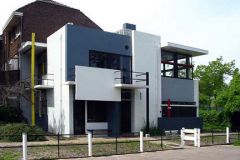
|
Building: Schroder House |
|
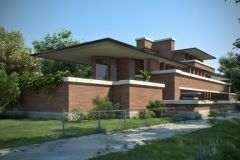
|
Building: Robie House |
|
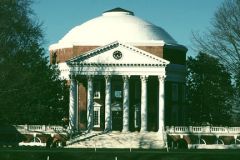
|
Building: University of Virginia |
|
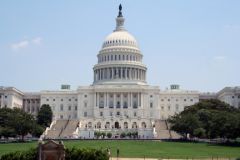
|
Building: US Capital Building |
|
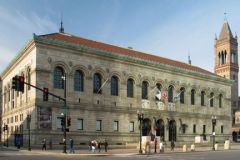
|
Building: Boston Public Library |
|
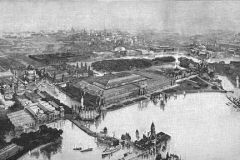
|
Building: World Columbian Exposition |
|
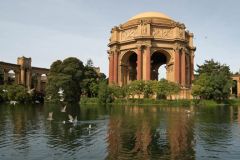
|
Building: Palace of Fine Arts |

